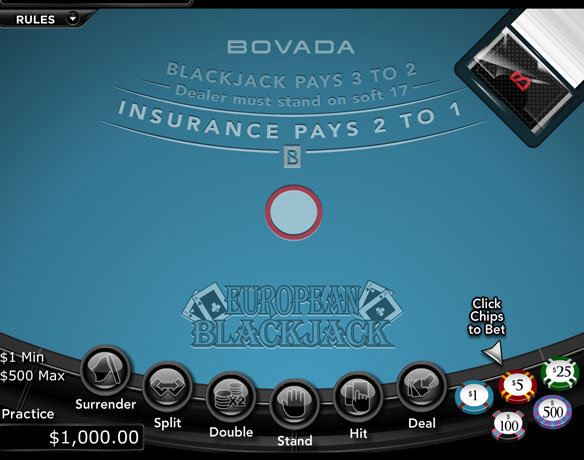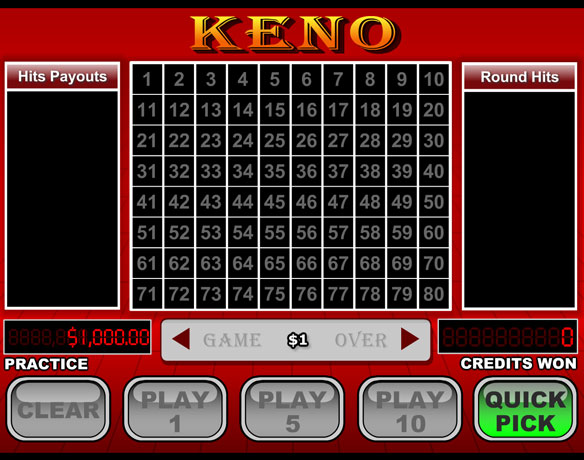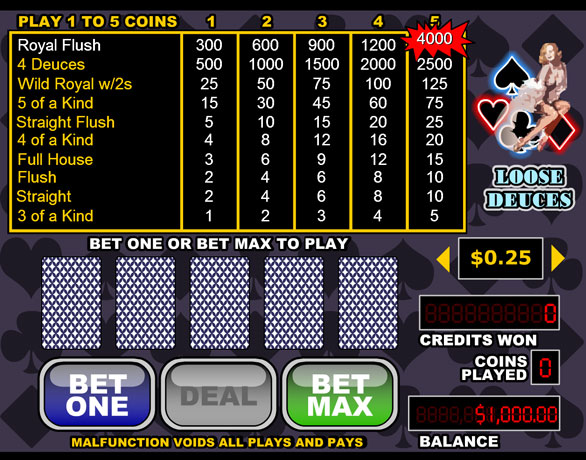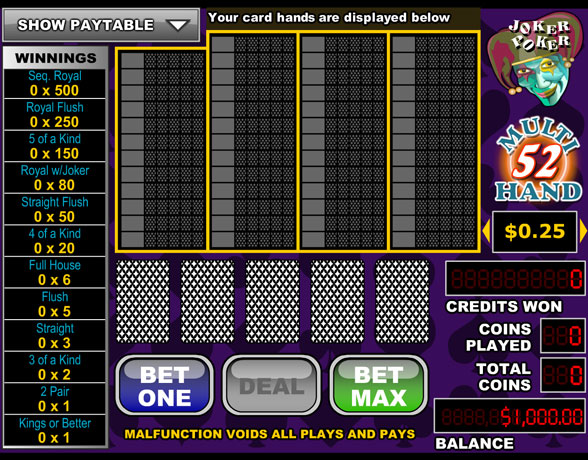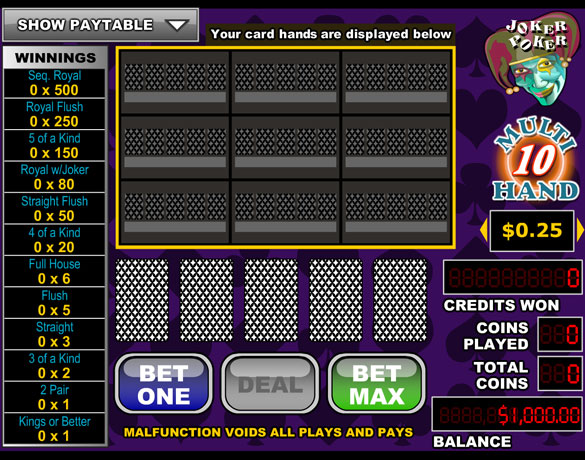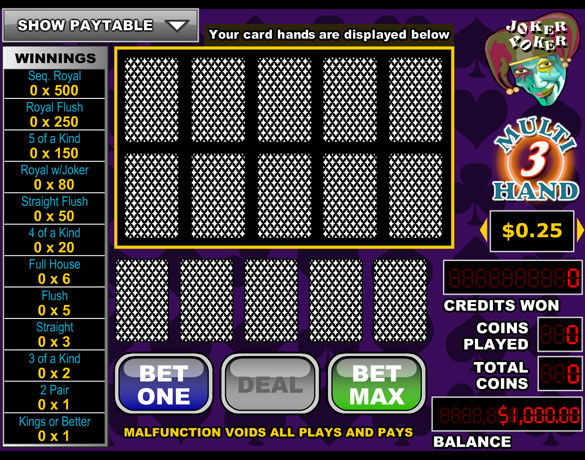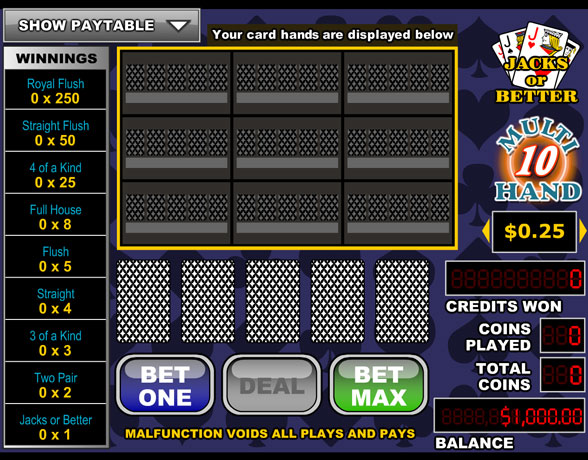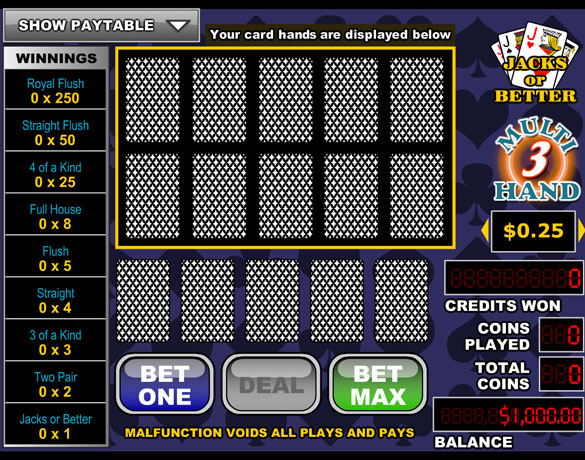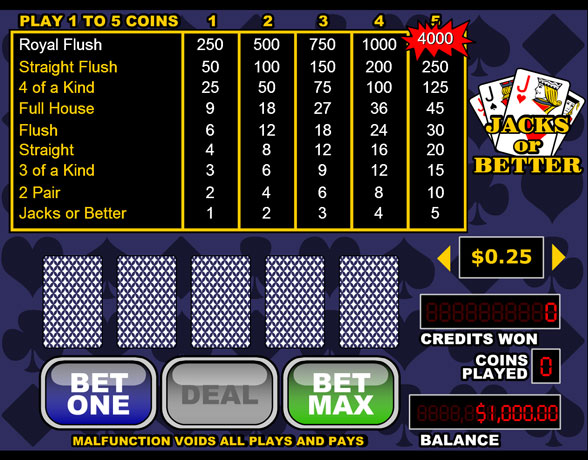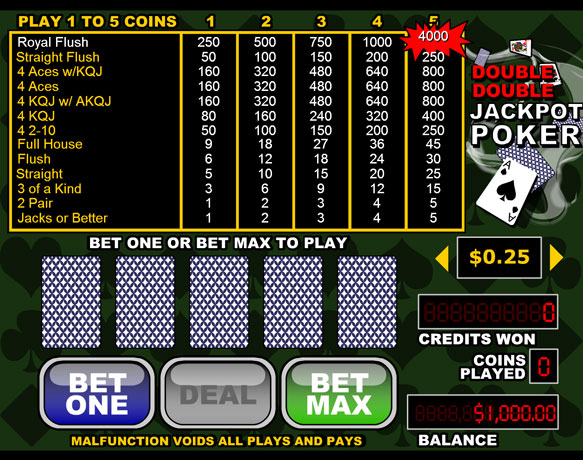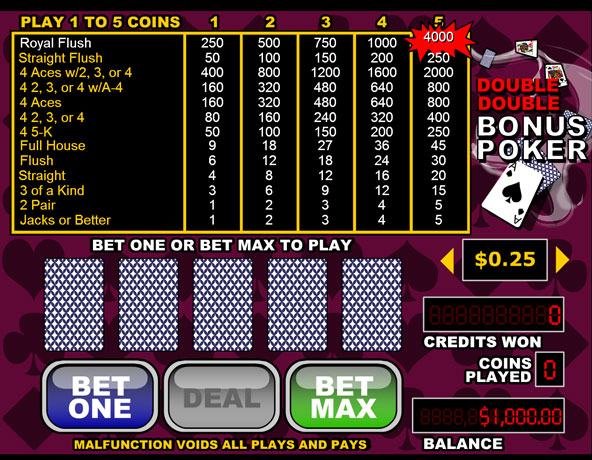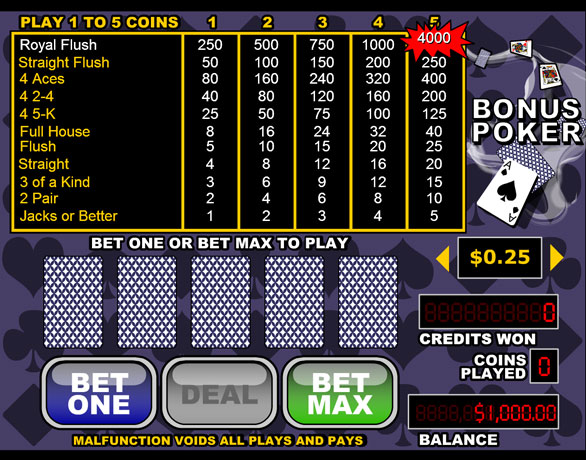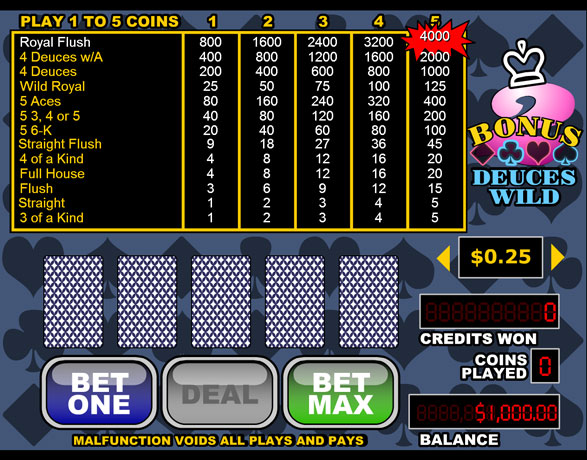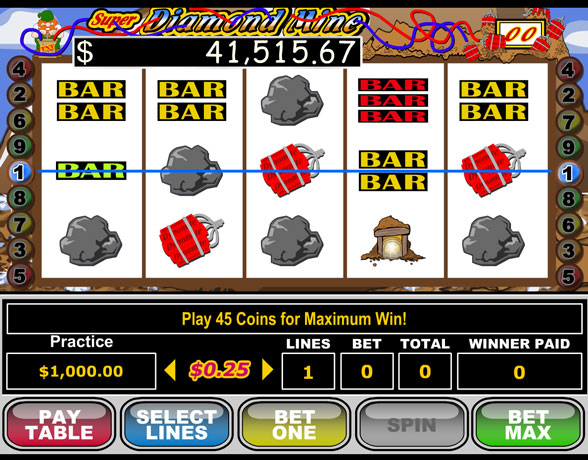Doyle Brunson is our first guinea pig in the search for truth. Doyle was playing in the WSOP in its infancy, back when the field was small enough to play at one or two tables. His first bracelet came in 1976 in the Main Event. Since then, he’s managed to win nine more in a variety of games such as Seven Card Stud, Razz, Deuce to Seven Stud and H.O.R.S.E. This must mean he’s proficient in all poker games. The only drawback to his bracelets would be the small size of the field.
Johnny Chan attained his first bracelet in 1986 by winning a Limit Hold’Em event. Chan went on to win back-to-back Main Events in 1987 and 1988, two Seven Stud tournaments, three Omaha tournaments, and two more Hold’Em tournaments. His positive would be the amount of time it took to accrue them (10 years, less time than Doyle), but his negative would be the same as Doyle’s, in that the fields were microscopic in comparison to today’s events.
Phil Hellmuth is a different story in one big way. Phil has managed to win 11 bracelets in the past 18 years, which is faster than the other two players. He hasn’t been able to muster up back-to-back Main Event wins like Johnny, but he has won more money than both Doyle and Johnny. The fundamental flaw with Phil would have to be that he’s won all of his bracelets in Hold’Em, no Seven Stud, no Omaha — just Hold’Em.
All this being said, when we do look at the true measure of poker greatness, we might need to stray away form the bracelet race and look to find the player who can do it all: Win in big fields, while at the same time being proficient at different types of games. The true measure of the greatest poker player, in my eyes, would have nothing to do with a trophy or jewelry.

